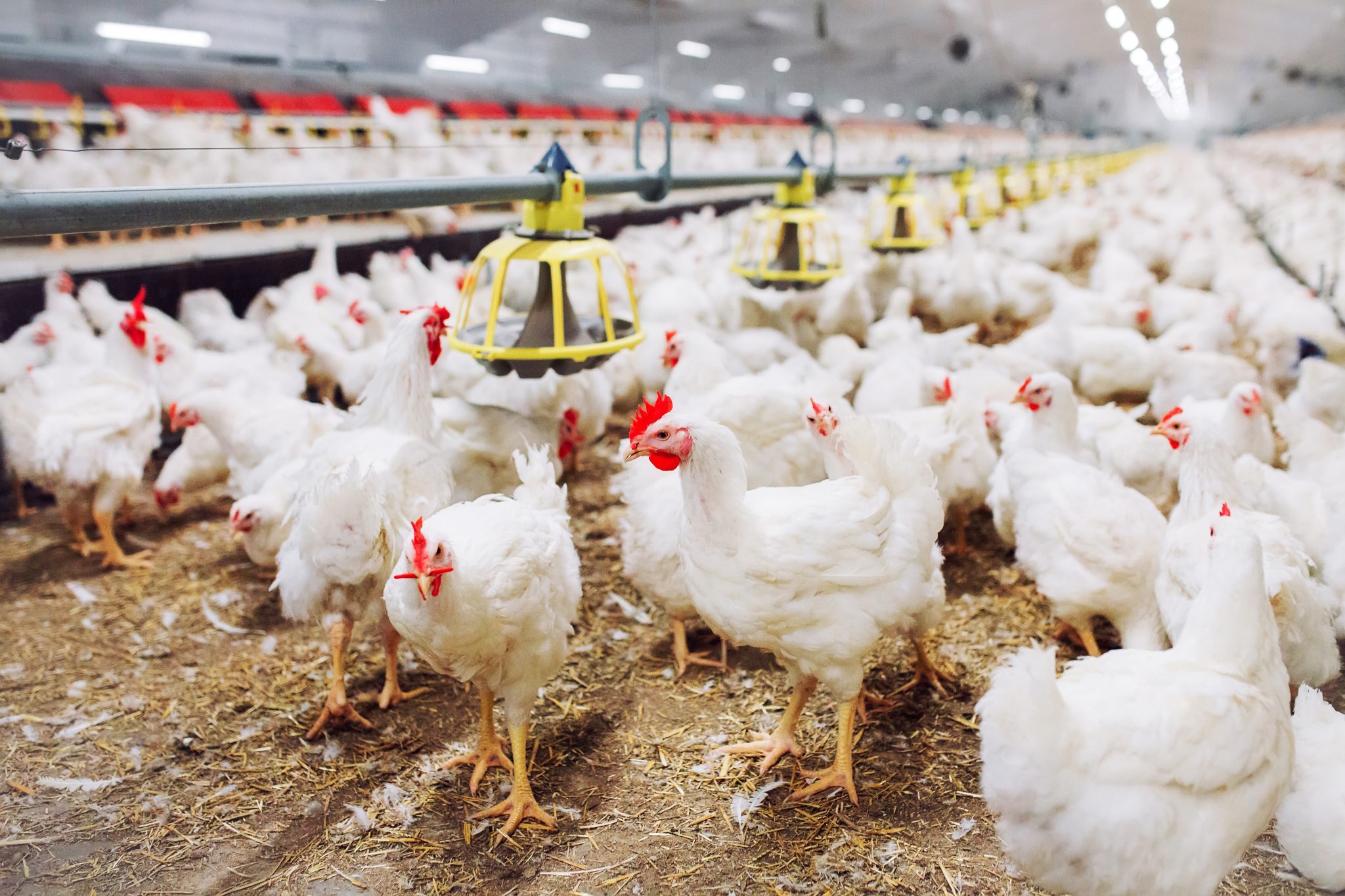Farming

AUBURN UNIVERSITY, Ala. – The modern poultry farmer has many new pieces of technology to raise birds humanely, efficiently and sustainably. These tools are the result of many years of research and technological advancement. Created through science, collaboration and experience, the future of poultry production is now.
In today’s poultry industry, less resources are required to feed the growing population thanks to the adoption of improved technologies. Over the last five decades, poultry farmers have seen technology immensely improve their capabilities. Data can now be displayed – on the fly – in technologies such as your smart phone. A half-century of revolution has allowed producers to go from raising a few hundred birds to 100,000+ at one time.
Poultry Technology Research
Sustainability is at the core of all research in the poultry industry. Tremendous amounts of time are spent educating famers and industry professionals on how to operate their farm using new technologies.
These new technologies are becoming a staple of poultry farm design. At Auburn University’s National Poultry Technology Center (NPTC), data is collected every day to develop best management practices. This data will help poultry producers become more efficient by utilizing tech catered to their farm’s individual needs.
“Our mission is to improve the sustainability of poultry farmers in Alabama and beyond,” said Jeremiah Davis, an Alabama Cooperative Extension System associate professor. “We strive to research new technologies that will help farmers stay up to date.”
Davis, who is also NPTC director, says we rely on the success of new technologies because they are critical to animal and, in turn, human life. This relationship between sustainability and feeding the world means new systems must be bullet proof.
Research entities such as the NPTC conduct numerous field trials every year using state of the art tech. Very few technologies make the cut, but when they do, word travels fast among the industry.
“One flock of great data is not enough to prove a new technology works,” Davis said. “New technologies have to work for the company, birds, farmer and the environment.”
The Latest and Greatest
Once tech makes its way out of stress testing, they are gradually introduced into poultry operations. Again, every piece of newly-designed technology must make sense for each poultry farmer for them to adopt it. A sampling of today’s technologies is listed below.
- Electronic Controllers – These modern control systems have transformed the poultry industry. At least 80 percent of United States commercial poultry houses use this equipment. They can control poultry house environment, adjust lighting systems and collect other equipment data, ultimately helping farmers make efficiency decisions.
- Infrared Cameras – Infrared technology allows poultry farmers to survey their houses for air leaks, saving time and power.
- Static Pressure Gauges – Static pressure in poultry houses affects air ventilation. These gauges come in handy, especially during cold months, so birds will have sufficient external air entering the house.
Keeping Up with the Times
People may assume that simply because a technology is new, it is the best solution. Jesse Campbell, an Alabama Extension assistant professor, said poultry producers are continuously improving when it comes to tech. The NPTC does their best to help farmers make good business decisions based on scientific data.
“Technology changes every day,” Campbell said. “A poultry house that is built today will not have the exact same equipment if it is built a year later.”
Farmers must weigh cost and benefit of adopting new technologies to make their livelihoods easier. Therefore, scientific research at Alabama’s land grant institutions are imperative for sustainability.
Looking to the Future
Campbell said that the future goal of poultry production is to be a leader in inexpensive consumer proteins. Feeding a world population that has more than doubled in half a century is the driving force behind scientific research.
Research stations across the country such as the NPTC provide crucial assistance for farmers. This working relationship ensures they will always have the most efficient forms of equipment to do their jobs every day and for generations to come.
Down to Earth: Agriculture Sustains Alabama
Alabama Extension is getting Down to Earth. Why? Because agriculture sustains Alabama. Whether your ag experience is in the grocery store, in the classroom or as your profession—Extension has a resource for you.
We are proud to be partnering with the Alabama Agribusiness Council, the Alabama Cattlemen’s Association, the Alabama Department of Agriculture and Industries, the Alabama Farmers Federation, the Alabama Poultry and Egg Association, the Alabama Forestry Commission, Sweet Grown Alabama and the Alabama Association of RC&D Councils.
Alabama Extension’s Down to Earth resources are available on www.aces.edu/go/DowntoEarth.


